Home>Garden Essentials>Why Are Legumes Used In Crop Rotation Yahoo
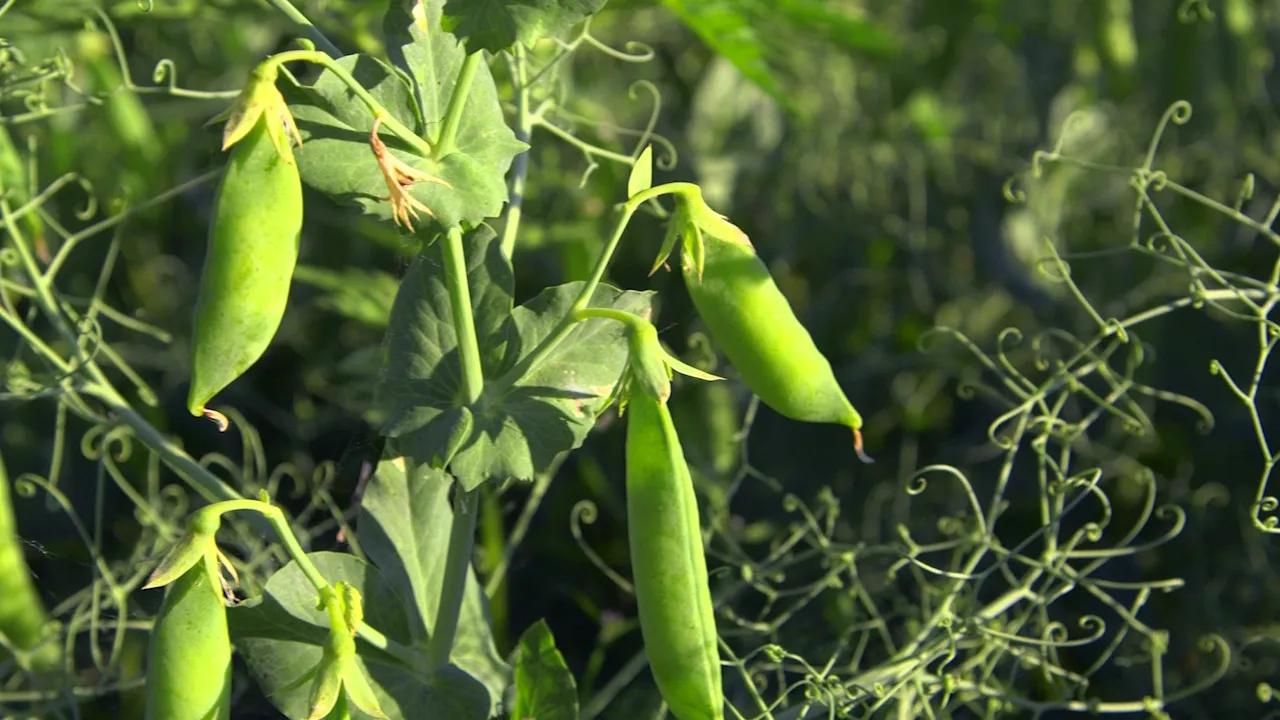

Garden Essentials
Why Are Legumes Used In Crop Rotation Yahoo
Modified: March 15, 2024
Discover the benefits of using legumes in crop rotation in your garden. Find out how this practice can improve soil health and increase crop yield.
(Many of the links in this article redirect to a specific reviewed product. Your purchase of these products through affiliate links helps to generate commission for Storables.com, at no extra cost. Learn more)
Introduction
Agriculture has been a vital part of human civilization for thousands of years, providing us with sustenance and nourishment. One of the key aspects of successful farming is crop rotation, a practice that involves the systematic planting of different crops in a particular sequence on a given field. This technique has long been used by farmers to maintain the fertility of the soil, control pests and diseases, and improve overall crop yields.
Within the realm of crop rotation, one group of plants that plays a crucial role is legumes. Legumes comprise a diverse family of flowering plants that include commonly recognized species such as beans, peas, lentils, and peanuts. What sets them apart from other crop groups is their ability to form a symbiotic relationship with nitrogen-fixing bacteria in their root nodules. This unique characteristic makes legumes an invaluable component of crop rotation.
In this article, we will explore the importance of legumes in crop rotation and the numerous benefits they offer. From nitrogen fixation to pest control and soil health improvement, legumes play a vital role in sustainable farming practices. Understanding the role of legumes in crop rotation is essential for both farmers and gardeners who are looking to optimize their yield and minimize the use of synthetic fertilizers and pesticides.
Key Takeaways:
- Legumes like beans and peas help farmers grow healthier crops by adding essential nutrients to the soil and naturally controlling pests, reducing the need for harmful chemicals.
- By including legumes in crop rotation, farmers can increase their yields, save money on fertilizers and pesticides, and create a more sustainable and balanced farming environment.
Read more: Why Are Legumes Important In Crop Rotation
Definition of Legumes
In botany, the term “legume” refers to a type of plant that is a member of the Fabaceae family. Legumes are characterized by their unique seed pods, which typically split open along two seams when mature, exposing the seeds within. These seeds are highly nutritious and have been a significant part of human diets for centuries.
Legumes encompass a wide range of plant species, including beans, peas, lentils, chickpeas, soybeans, and peanuts. Each species has its own unique characteristics and culinary uses, but they all share common traits that make them important in agriculture.
One key characteristic of legumes is their ability to fix atmospheric nitrogen. Nitrogen is an essential nutrient for plants, playing a crucial role in their growth and development. However, atmospheric nitrogen is primarily in an inert form that is unavailable to most plants. Legumes, on the other hand, have a specialized symbiotic relationship with nitrogen-fixing bacteria known as Rhizobia.
These bacteria colonize the roots of legume plants and convert atmospheric nitrogen into a form that can be utilized by the plants. This process, called nitrogen fixation, allows legumes to access a vital nutrient source that other plants cannot. Additionally, when legume plants die and decompose, they release the stored nitrogen back into the soil, enriching it for future crops.
Crop Rotation Overview
Crop rotation is a practice that involves systematically alternating the crops grown on a particular piece of land over a period of time. Instead of continually planting the same crop year after year, farmers and gardeners rotate different crops in a set sequence. This technique has been employed for centuries, and its benefits have been widely recognized in sustainable agriculture.
The specific rotation schedule can vary depending on factors such as soil type, climate, and the specific crops being grown. However, the primary goal of crop rotation is to maintain soil fertility, control pests and diseases, and optimize crop yields. By alternating crops, farmers can break the life cycle of pests and diseases that may be specific to certain crops. Additionally, different crops have varying nutrient requirements, so rotating crops helps prevent nutrient depletion in the soil.
There are several common crop rotation systems that farmers and gardeners employ, such as two-year rotations, three-year rotations, and more complex multi-year rotations. In a two-year rotation, for example, one year may be dedicated to growing legumes to replenish nitrogen in the soil, while the next year may involve planting a cereal crop to take advantage of the enriched soil.
The specific crops chosen for rotation may also depend on factors such as market demand, crop profitability, and personal preference. However, one common element in many crop rotation systems is the inclusion of legumes.
Next, we will explore the numerous benefits that legumes offer in the context of crop rotation. From nitrogen fixation and pest control to weed suppression and soil health improvement, legumes have a significant impact on the overall success and sustainability of farming practices.
Benefits of Crop Rotation
Crop rotation is a powerful agricultural practice that offers numerous benefits for farmers and gardeners. By diversifying the crops grown on a piece of land over time, crop rotation helps promote soil health, reduce pest and disease pressure, improve nutrient availability, and increase overall crop yields. Let’s delve into some of the key benefits of crop rotation:
- Maintains soil fertility: Different crops have varied nutrient requirements, and continuous cultivation of the same crop can deplete specific nutrients from the soil. Crop rotation allows for the replenishment of nutrients by rotating crops with different nutrient demands. For example, legumes like beans and peas add nitrogen to the soil through their symbiotic relationship with nitrogen-fixing bacteria, improving soil fertility for subsequent crops.
- Pest and disease control: Planting the same crop year after year can lead to a buildup of pests and diseases that specifically target that crop. Crop rotation disrupts the life cycle of these pests and diseases by not providing a continuous host. By switching crops, farmers can reduce pest and disease pressure, minimizing the need for chemical interventions and promoting a healthier ecosystem.
- Weed suppression: Certain crops are highly effective at suppressing weeds. Incorporating these crops into a rotation can help control weed populations naturally. For example, cover crops like rye or clover can outcompete weeds, smothering them and reducing their overall impact on subsequent crops.
- Improved soil structure: Different crops have different root structures and depths, leading to a diverse and balanced root system in the soil. This diversity helps improve soil structure, promoting better water and nutrient retention, enhancing soil aeration, and reducing erosion.
- Prevents nutrient runoff: Crop rotation helps prevent excessive nutrient runoff into nearby water bodies. By diversifying cropping systems, the uptake of nutrients by plants is more efficient, reducing the likelihood of nutrient leaching and minimizing environmental pollution.
- Sustainable and ecological: Crop rotation is an essential component of sustainable and ecological farming practices. By incorporating diverse crops and minimizing reliance on synthetic fertilizers and pesticides, crop rotation promotes long-term soil health, biodiversity, and overall sustainability of the agricultural system.
These are just a few of the many benefits that crop rotation brings to farmers and gardeners. By implementing a well-planned crop rotation system, agricultural practitioners can ensure the long-term productivity and sustainability of their land while minimizing the need for chemical inputs and maximizing yields.
Legumes in Crop Rotation
Legumes play a significant role in crop rotation due to their unique ability to fix atmospheric nitrogen and enrich the soil with this essential nutrient. Incorporating legumes into a crop rotation system offers numerous benefits that contribute to the overall productivity and sustainability of the agricultural ecosystem.
When legumes are planted in a field, they form a symbiotic relationship with nitrogen-fixing bacteria called Rhizobia. These bacteria colonize the root nodules of legume plants and convert atmospheric nitrogen into a form that can be readily used by plants. This process, known as nitrogen fixation, results in the enrichment of the soil with nitrogen, an essential nutrient for plant growth and development.
By including legumes in a crop rotation, farmers can strategically manage nitrogen availability in the soil. Legumes act as natural nitrogen fixers, reducing the need for synthetic nitrogen fertilizers. This not only reduces input costs but also minimizes the environmental impact associated with excessive fertilizer use, such as nutrient runoff and water pollution.
Moreover, legumes improve soil health by enhancing microbial activity and promoting beneficial soil organisms. The root nodules of legumes release organic compounds during nitrogen fixation, creating a favorable environment for beneficial bacteria and fungi. These microorganisms contribute to nutrient cycling, help break down organic matter, and improve soil structure, leading to increased water infiltration and nutrient availability.
In addition to nitrogen fixation and soil health improvement, legumes offer other advantages in crop rotation:
- Pest and disease control: Legumes have been found to suppress certain pests and diseases, reducing their population in the soil. Some legume species release compounds or attract beneficial insects that can help control pests. This natural pest control effect can significantly reduce the need for chemical interventions in subsequent crops.
- Weed suppression: Legume cover crops, such as clover or hairy vetch, can effectively suppress weed growth. These cover crops compete with weeds for nutrients, light, and space, reducing weed populations and the need for herbicides.
- Enhanced biodiversity: Legumes attract a range of beneficial insects, such as pollinators and predators of pests. This increased biodiversity contributes to a more balanced and resilient agricultural ecosystem.
- Improved water management: Legume cover crops help prevent soil erosion and improve water retention. Their extensive root systems help hold soil in place, reducing the risk of nutrient runoff and protecting water quality.
Including legumes in a well-planned crop rotation system can provide multiple benefits that contribute to sustainable and productive agriculture. Whether it’s enhancing soil fertility, reducing chemical inputs, or promoting a healthy ecological balance, legumes are invaluable allies in the success of crop rotation.
Read more: Why Does The Game Encourage Crop Rotation
Nitrogen Fixation
Nitrogen is an essential nutrient required for plant growth and development. It is a primary component of amino acids, proteins, and nucleic acids, which are vital building blocks for plants. However, atmospheric nitrogen, which makes up about 78% of the Earth’s atmosphere, exists in a form that is unusable by most plants. This is where the process of nitrogen fixation comes into play.
Nitrogen fixation is the process by which certain plants, known as nitrogen fixers, convert atmospheric nitrogen into a form that can be utilized by plants. Legumes, in particular, have a unique ability to fix nitrogen through a symbiotic relationship with nitrogen-fixing bacteria called Rhizobia.
When legume seeds germinate and grow, they release specific compounds from their roots that attract Rhizobia bacteria. These bacteria enter the root hairs of legume plants and colonize specialized structures known as root nodules. Inside these nodules, the bacteria convert atmospheric nitrogen (N2) into ammonia (NH3) through a series of enzymatic reactions.
The ammonia produced by the bacteria is then converted into ammonium ions (NH4+) by an enzyme called nitrogenase. These ammonium ions are readily available to the legume plant and can be assimilated into various organic compounds, such as amino acids and proteins. This allows the legume to efficiently utilize the fixed nitrogen for its own growth and development.
Not only do legumes benefit from the fixed nitrogen, but they also have a significant impact on the surrounding soil and other plants in the rotation. When legume plants die and decompose, they release the stored nitrogen back into the soil, enriching it for subsequent crops. This enables the following crops in the rotation to access the nitrogen that the legumes have fixed, reducing the need for synthetic nitrogen fertilizers.
The process of nitrogen fixation is highly energy-demanding for both the legume plant and the bacteria. The plants allocate a significant amount of their resources to support the growth and maintenance of root nodules and provide carbohydrates to fuel bacterial nitrogen fixation. In return, the bacteria supply fixed nitrogen to the legume, creating a mutually beneficial relationship.
Nitrogen fixation by legumes is a natural and sustainable way to enrich soils with nitrogen, promoting both soil fertility and environmental stewardship. By incorporating legumes into crop rotation systems, farmers can reduce reliance on synthetic nitrogen fertilizers, improve overall soil health, and contribute to more sustainable agricultural practices.
Legumes are used in crop rotation because they have the ability to fix nitrogen in the soil, which helps improve soil fertility and reduces the need for synthetic fertilizers. This can lead to healthier crops and higher yields in the long run.
Pest and Disease Control
Pest and disease control is a critical aspect of successful crop production. The continuous cultivation of the same crop year after year can create an ideal environment for pests and diseases to thrive, leading to reduced yields and economic losses for farmers. However, incorporating legumes into crop rotation systems can significantly contribute to pest and disease control by disrupting the life cycles of harmful organisms.
One of the primary ways legumes aid in pest and disease control is through a technique called pest suppression or biofumigation. Some legume species, such as mustard and fenugreek, release natural compounds called glucosinolates when their tissues are broken down. These compounds have been found to exhibit pesticidal and anti-microbial properties.
When legume cover crops are incorporated into the rotation and subsequently plowed under or incorporated into the soil, the breakdown of their plant tissues releases the glucosinolates. These compounds act as natural fumigants, suppressing the populations of pests and pathogens in the soil. They have been shown to be effective against a range of pests and diseases, including nematodes, fungal pathogens, and insect larvae.
Furthermore, legumes can indirectly contribute to pest control by attracting beneficial insects. Their flowers produce nectar and pollen that serve as food sources for beneficial insects like bees, hoverflies, and ladybugs. These beneficial insects help control pest populations by preying on them or acting as pollinators, which enhances overall ecosystem balance.
Legumes also play a role in reducing diseases caused by soil-borne pathogens. By interrupting the continuous cropping of susceptible plants, legume rotation breaks the pathogen’s life cycle and reduces the buildup of infectious spores or propagules in the soil. This reduces the incidence and severity of diseases caused by these pathogens.
Additonally, the presence of legumes in a rotation has been found to improve the general health and resilience of plants. Legumes contribute to the enrichment of soil organic matter, which enhances beneficial microbial activity and stimulates the development of a diverse and robust soil microbiome. A healthy soil microbiome helps plants build stronger immune systems, making them more resistant to diseases.
By including legumes in crop rotation systems, farmers can implement natural and integrated pest management strategies, reducing reliance on synthetic pesticides and fungicides. This helps minimize the environmental impact of agrochemical use and promotes a more sustainable and holistic approach to pest and disease control.
Weed Suppression
Weeds are unwanted plants that compete with cultivated crops for resources such as nutrients, water, and sunlight. They can negatively impact crop growth and reduce yields if left uncontrolled. Incorporating legumes into crop rotation systems can be an effective strategy for weed suppression and minimizing the reliance on herbicides.
Legumes have several mechanisms that contribute to their ability to suppress weed growth:
- Competition for resources: Legume crops, with their vigorous growth and dense foliage, can outcompete weeds for resources such as light, water, and nutrients. Their ability to quickly establish and form a dense canopy shades out weed seedlings, preventing their growth and reducing their competitiveness.
- Allelopathy: Some legume species release chemical compounds from their roots and aboveground plant parts that inhibit the germination and growth of weed seeds. These allelopathic compounds can have herbicidal effects on certain weed species, further suppressing their growth and establishment.
- Suppressive mulching: Legume cover crops can be grown as a living mulch, covering the soil and effectively preventing weed growth. The dense vegetation of legumes acts as a physical barrier, inhibiting weed seed germination and reducing weed emergence.
- Biological control: Legumes attract beneficial insects, such as predatory beetles and wasps, which feed on weed pests. These natural predators keep weed populations in check by preying on insects that might damage the crops.
When legume cover crops are grown in rotation with main crops, they can significantly suppress weed growth and minimize the need for herbicide applications. By utilizing legumes in crop rotation systems, farmers can adopt more sustainable weed management practices, reducing the reliance on synthetic herbicides and promoting the preservation of biodiversity.
Incorporating legumes in a crop rotation not only reduces weed pressure but also provides additional benefits. The residue of legume cover crops can contribute to soil organic matter, enhancing soil structure and fertility. This, in turn, improves water infiltration, nutrient retention, and overall soil health, creating a more favorable growing environment for subsequent crops.
It is important to note that effective weed suppression with legumes requires careful species selection, timing, and management. The specific legume species and their growth characteristics must be chosen to complement the main crops and suit the specific conditions of the farm or garden.
By integrating legumes into crop rotation systems, farmers can harness the weed suppression potential of these versatile plants, reducing weed competition and enhancing the overall productivity and sustainability of their agricultural practices.
Soil Health Improvement
Soil health is a fundamental component of sustainable agriculture. Healthy soil not only provides essential nutrients to plants but also supports beneficial soil organisms, promotes water retention, and enhances overall crop productivity. Legumes, when incorporated into crop rotation systems, play a vital role in improving soil health through various mechanisms.
One of the key contributions of legumes to soil health is their ability to fix atmospheric nitrogen. Through their symbiotic relationship with nitrogen-fixing bacteria, legumes can convert atmospheric nitrogen into a form that plants can readily absorb. This process, known as nitrogen fixation, enriches the soil with nitrogen, an essential nutrient for plant growth. The nitrogen becomes available not only to the legume itself but also to subsequent crops in the rotation, reducing the need for synthetic nitrogen fertilizers.
Legumes also contribute to soil health through their effects on soil structure. Their extensive root systems help break up compacted soils, improving soil drainage and aeration. As legumes grow, their root nodules release organic compounds, enhancing the growth of beneficial soil organisms and stimulating microbial activity. These microorganisms play a crucial role in nutrient cycling, breaking down organic matter, and enhancing overall soil fertility.
Furthermore, legumes act as “green manure” when incorporated into the soil as cover crops. When these plants are mowed or plowed under, they contribute organic matter to the soil. This organic matter provides a food source for beneficial microbes and improves soil structure, which promotes better water infiltration, reduces erosion, and enhances nutrient retention.
Legume cover crops also help reduce nutrient leaching. The dense root systems of legumes absorb excess nutrients, preventing them from being washed away by rainfall or irrigation. This reduces the risk of nutrient pollution in water bodies and ensures that the nutrients remain available for future crops.
Moreover, the constant presence of living plants through the inclusion of legumes promotes soil biological diversity. As legumes attract beneficial insects with their flowers, the diversity of beneficial organisms in the soil increases. These beneficial insects play a significant role in pollination and pest control, contributing to a more balanced and resilient agricultural ecosystem.
Overall, the inclusion of legumes in crop rotation systems improves soil health by enhancing nutrient cycling, increasing organic matter content, improving soil structure, and promoting beneficial soil organisms. The result is a more fertile, productive, and sustainable agricultural system that relies less on synthetic inputs and better utilizes natural soil processes.
Read more: What Is Crop Rotation Strip Cropping
Increasing Yield and Profitability
Increasing crop yields and profitability are primary goals for farmers and gardeners. By incorporating legumes into crop rotation systems, growers can unlock several strategies that contribute to higher yields and improved profitability.
One of the key ways legumes enhance yield is through the process of nitrogen fixation. As mentioned earlier, legumes have the unique ability to form a symbiotic relationship with nitrogen-fixing bacteria, enabling them to convert atmospheric nitrogen into a usable form for plant growth. This natural nitrogen source helps meet the nutrient demands of crops, leading to healthier plants, increased biomass, and ultimately, higher yields.
Additionally, legumes contribute to overall soil fertility. Through their extensive root systems, legumes enhance soil structure, promote microbial activity, and increase organic matter content. These improvements in soil health create a favorable environment for root development, nutrient uptake, and water retention, all of which translate into improved crop health and higher yields.
Legumes also play a role in weed management, as described earlier. By suppressing weed growth and competition, they reduce the negative impact of weeds on crop yields. By providing effective weed control without the need for excessive herbicide use, legumes contribute to higher yields while reducing input costs, thus increasing profitability.
Moreover, incorporating legumes into rotation systems can reduce pest and disease pressure. Legumes contribute to natural pest control by attracting beneficial insects, such as pollinators and predators of crop pests. This increased biodiversity creates a more ecological balance in the field, leading to better pollination and reduced pest populations, both of which positively impact crop yields.
Legumes also have the potential to improve profitability by reducing the reliance on synthetic fertilizers and pesticides. The nitrogen-fixing capability of legumes reduces the need for synthetic nitrogen fertilizers, which can be a significant expense for farmers. Similarly, by enhancing natural pest control mechanisms, legumes can minimize the need for costly chemical interventions.
By diversifying cropping systems and incorporating legumes, farmers and gardeners can also take advantage of market demand and crop profitability. Legumes, such as specialty beans or heirloom varieties, often fetch higher prices in the market. Through strategic crop rotation, growers can tap into these profitable niche markets and maximize their overall return on investment.
In summary, including legumes in crop rotation systems is a proven strategy to increase crop yields and profitability. From nitrogen fixation and improved soil fertility to weed and pest control, legumes provide multiple advantages that translate into higher yields, reduced input costs, and better market opportunities. By utilizing legumes in rotation, farmers and gardeners can optimize their production systems for maximum productivity and profitability.
Conclusion
Incorporating legumes into crop rotation systems is a strategic and beneficial practice for farmers and gardeners. Legumes, with their unique ability to fix atmospheric nitrogen and enrich the soil, play a vital role in sustainable agricultural practices. By rotating legumes with other crops, growers can reap numerous benefits that contribute to overall productivity, environmental stewardship, and long-term soil health.
Legumes, through nitrogen fixation, provide a natural and renewable source of nitrogen for subsequent crops. This reduces the reliance on synthetic fertilizers, decreases input costs, and minimizes the environmental impact associated with excessive fertilizer use. The enrichment of the soil with nitrogen promotes healthier plant growth, stronger root development, and ultimately higher crop yields.
The inclusion of legumes in crop rotation systems also contributes to pest and disease control. Legumes suppress pests and diseases through their biofumigation properties, attract beneficial insects, and break the life cycles of harmful organisms. This reduces reliance on chemical interventions, improves overall ecosystem balance, and leads to healthier crops.
Furthermore, legumes aid in weed suppression by competing for resources, releasing allelopathic compounds, and providing a physical barrier to weed emergence. This reduces the competition between crops and weeds, minimizing yield losses and the need for herbicides, while promoting better land management and soil conservation.
Legumes improve soil health by enhancing soil structure, stimulating microbial activity, increasing organic matter content, and improving nutrient availability. These improvements result in improved water retention, nutrient cycling, and overall soil fertility, creating an optimal growing environment for crops and supporting sustainable agricultural practices.
By integrating legumes into crop rotation systems, farmers and gardeners can increase their yields, reduce input costs, enhance profitability, and promote environmental sustainability. The benefits of legumes in crop rotation are wide-ranging, from increased nutrient availability and pest control to improved soil health and water management.
In conclusion, understanding and implementing the role of legumes in crop rotation is essential for optimizing agricultural practices. By harnessing the power of legumes, farmers and gardeners can achieve not only higher yields and profitability but also a more resilient, sustainable, and ecologically balanced agricultural system.
Frequently Asked Questions about Why Are Legumes Used In Crop Rotation Yahoo
Was this page helpful?
At Storables.com, we guarantee accurate and reliable information. Our content, validated by Expert Board Contributors, is crafted following stringent Editorial Policies. We're committed to providing you with well-researched, expert-backed insights for all your informational needs.

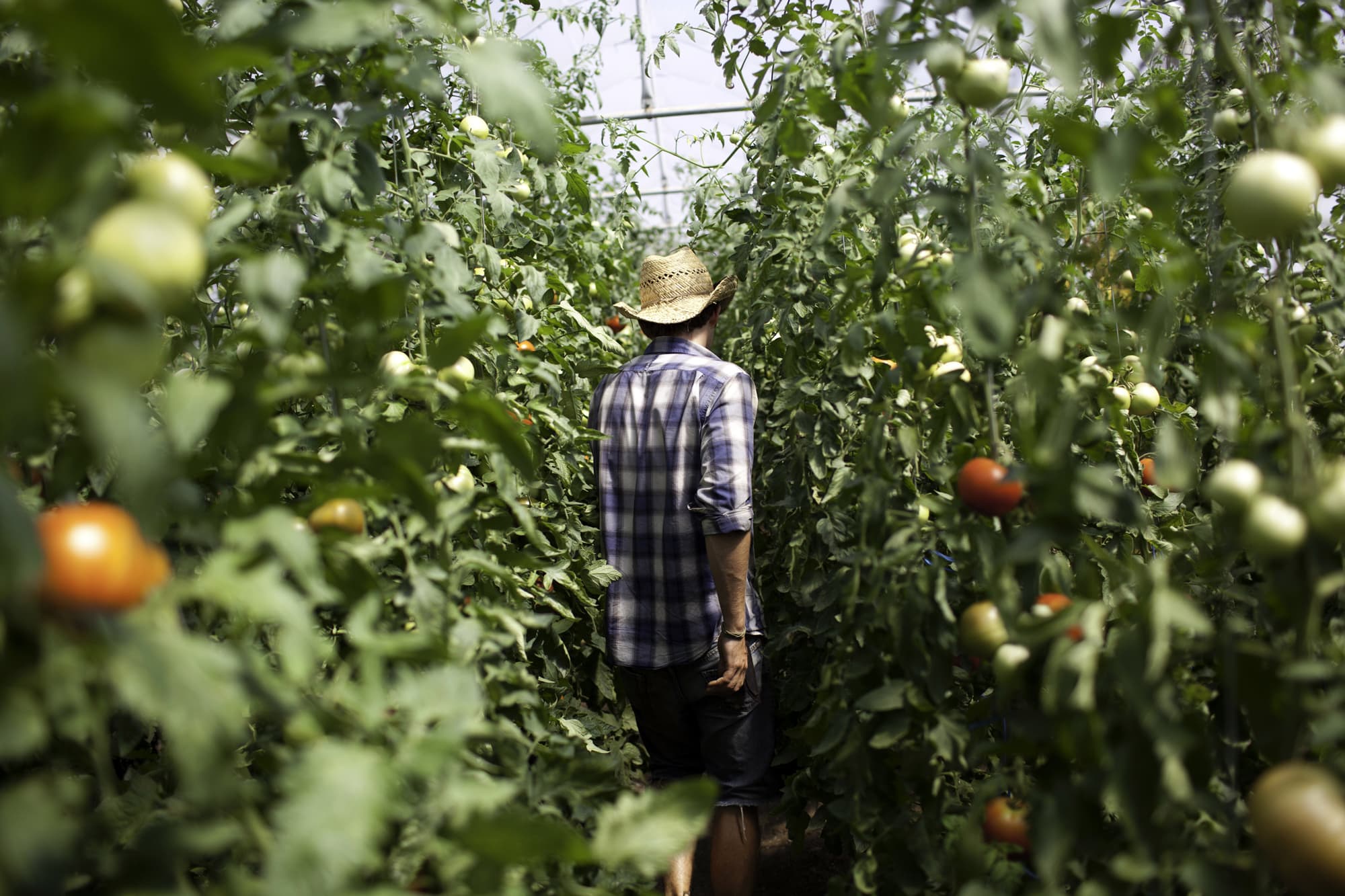
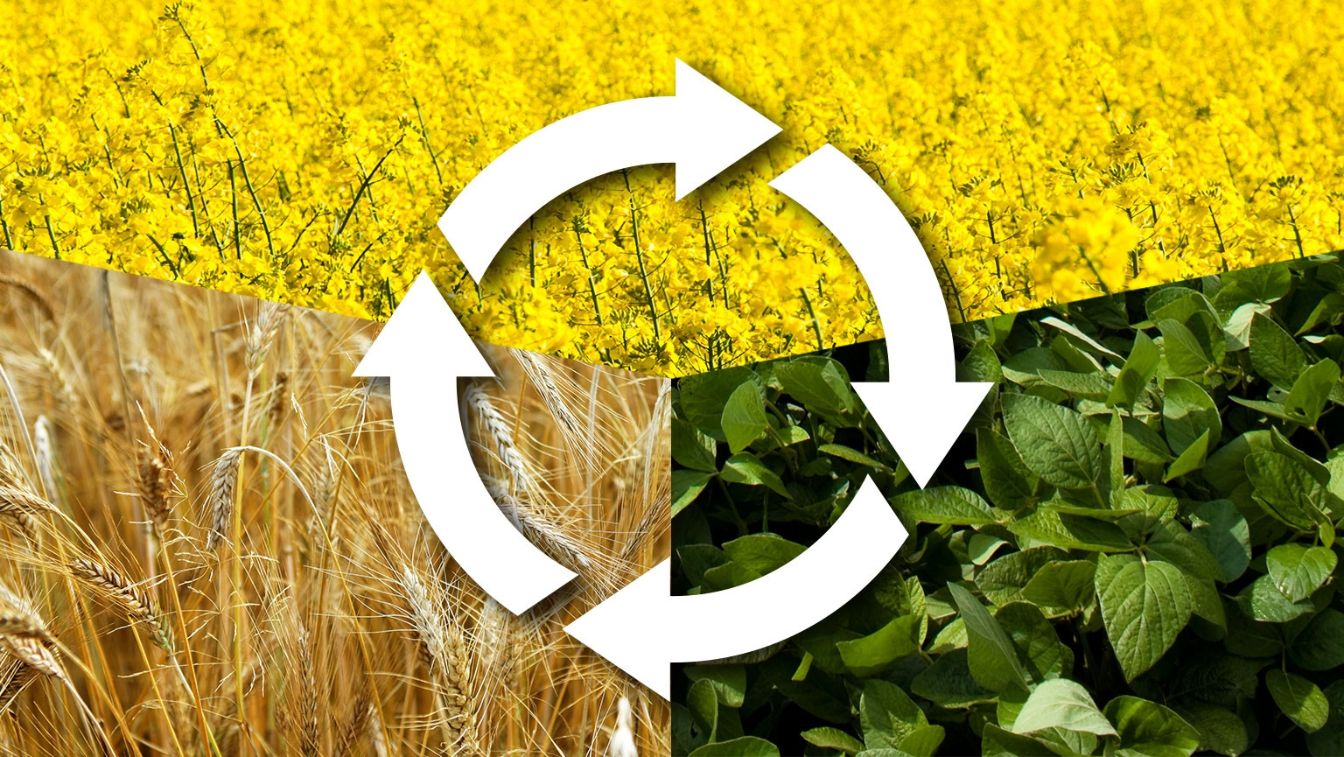
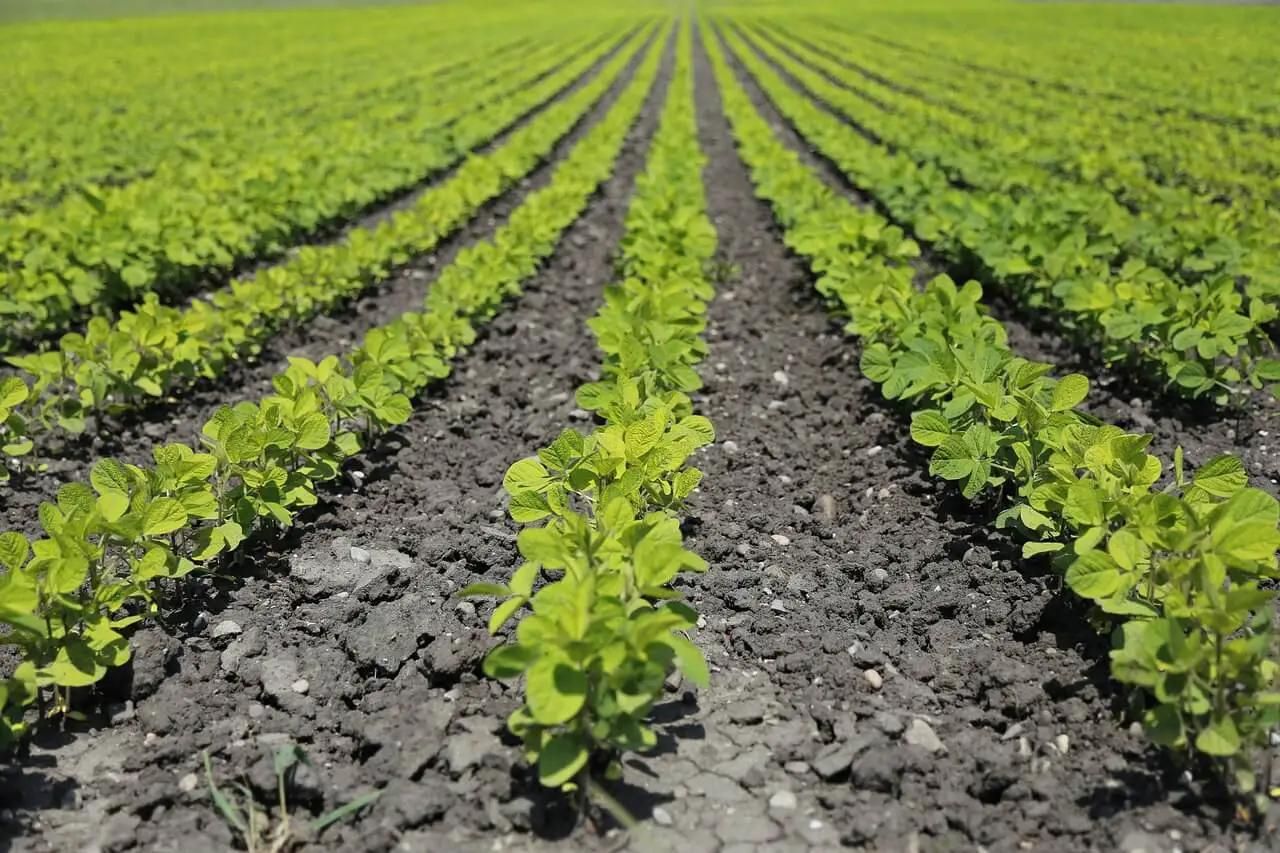


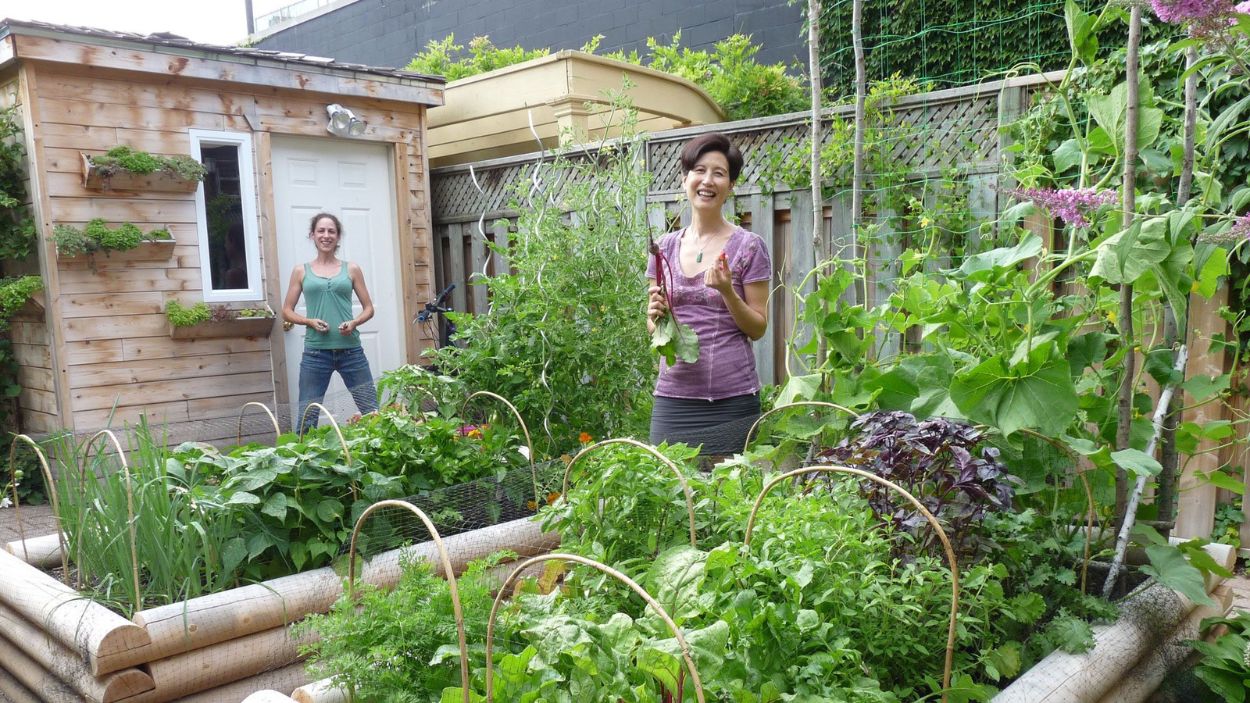
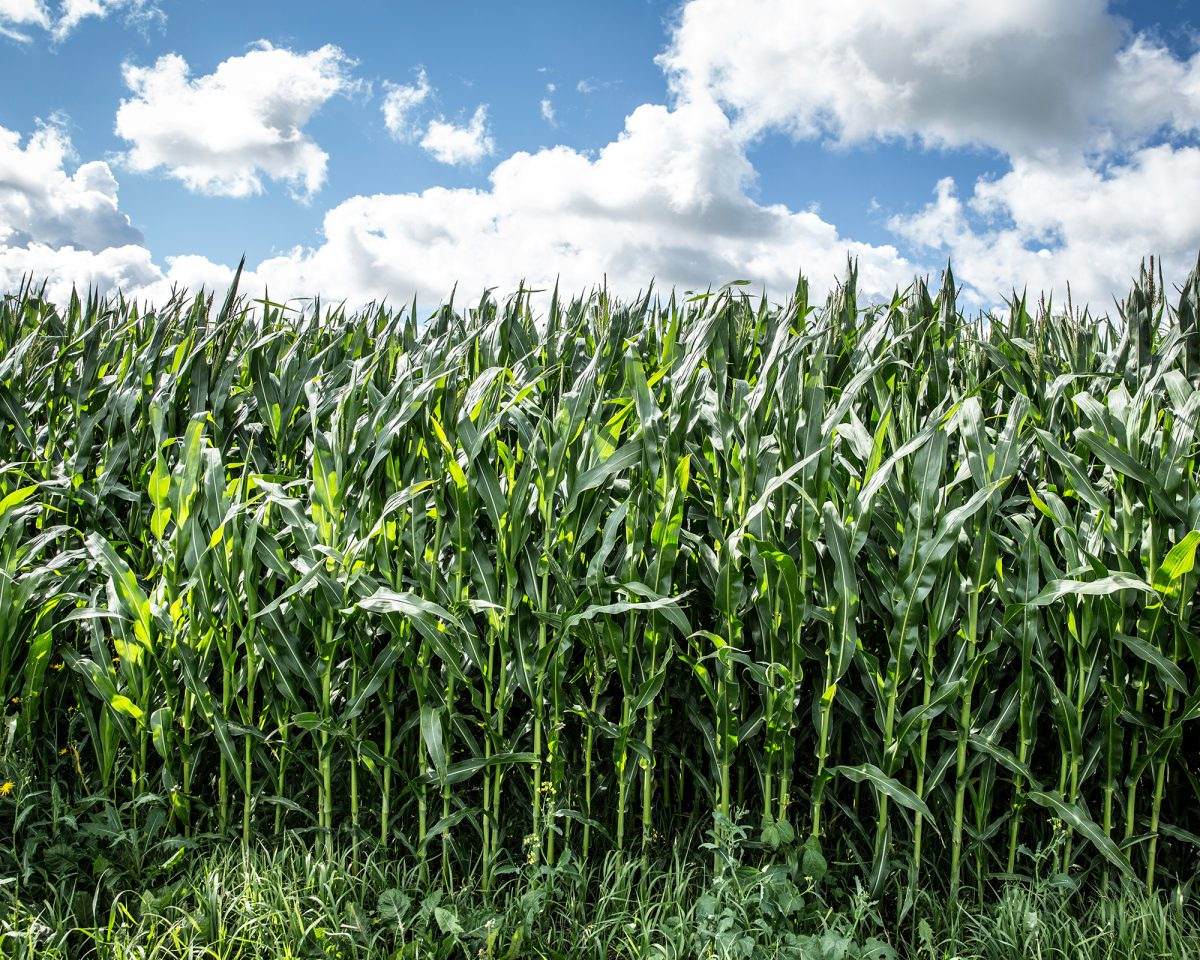


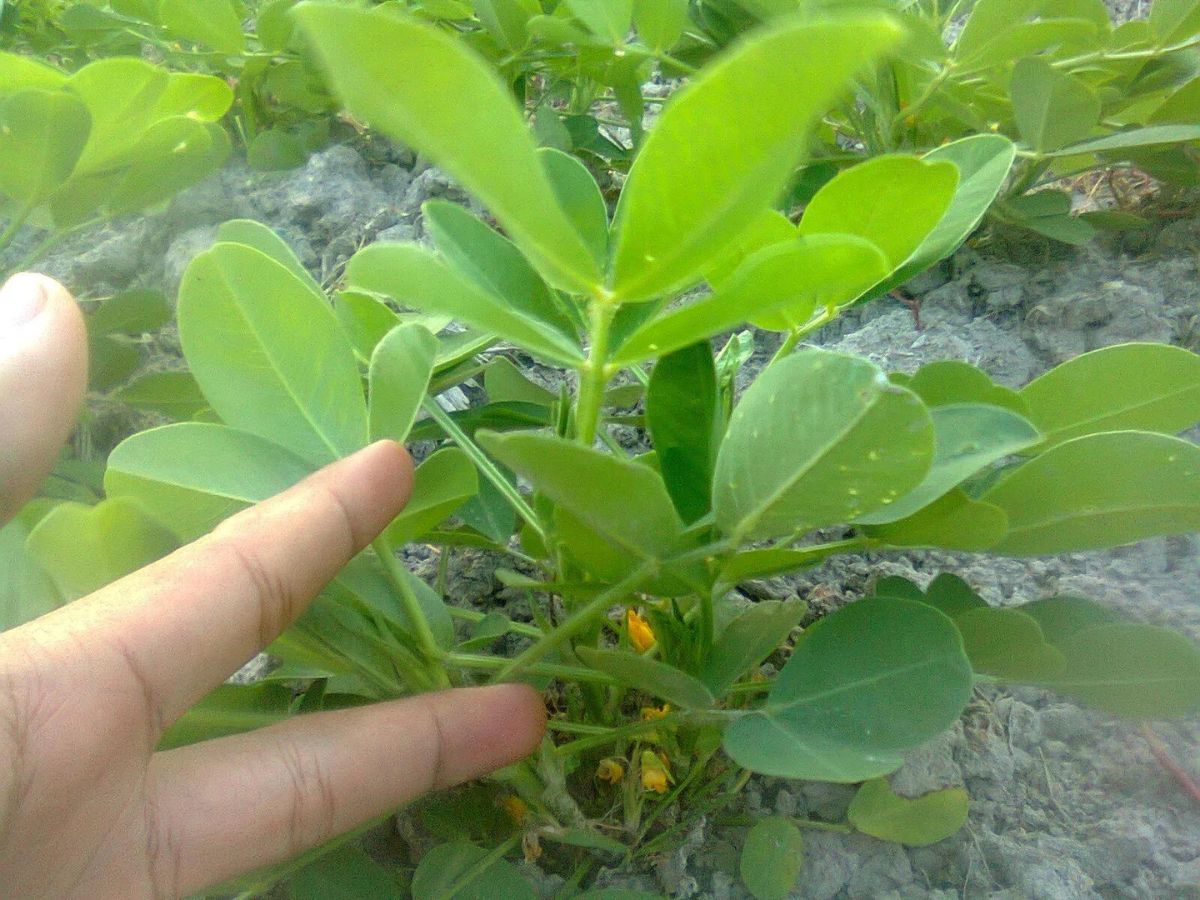
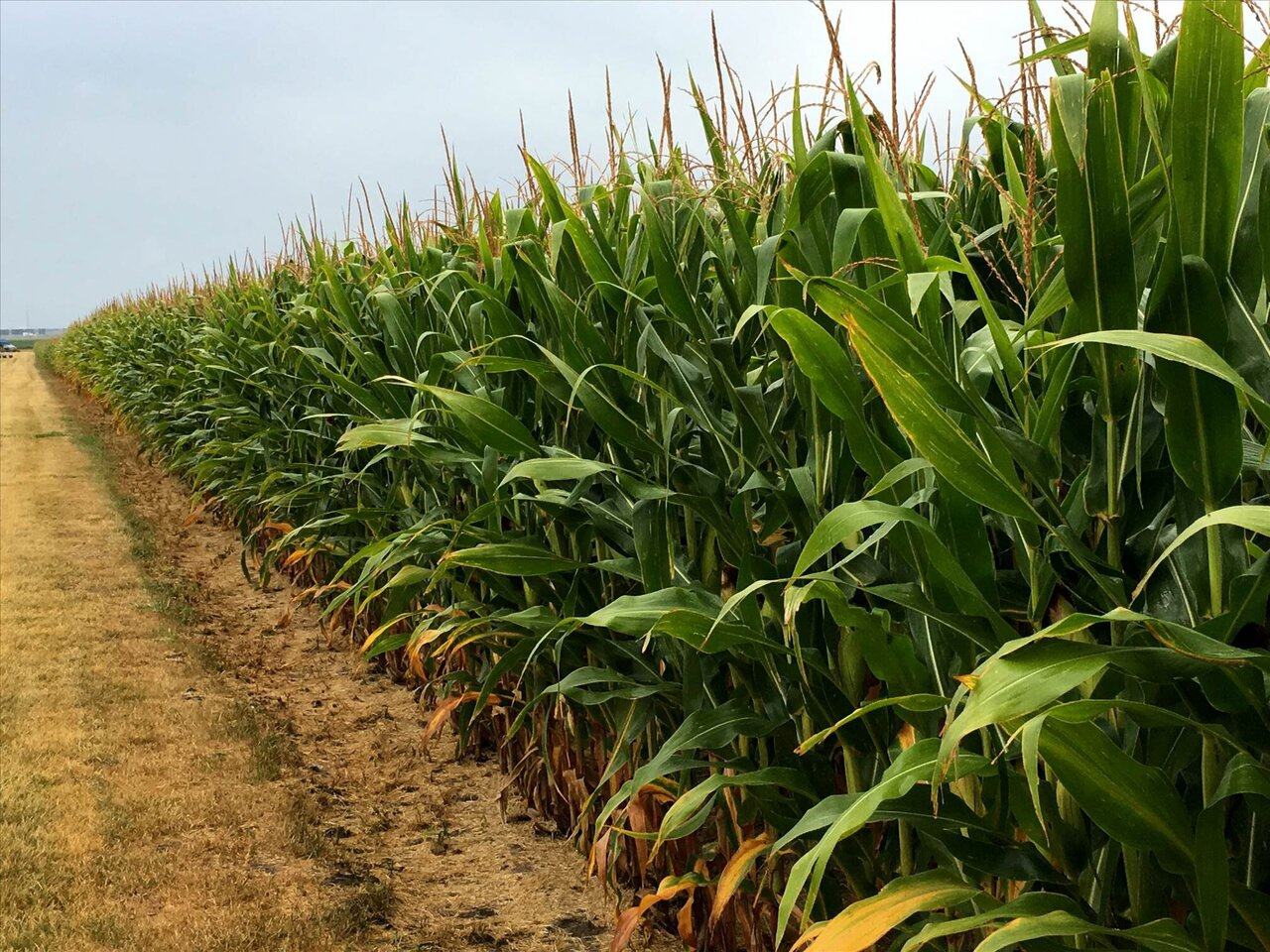
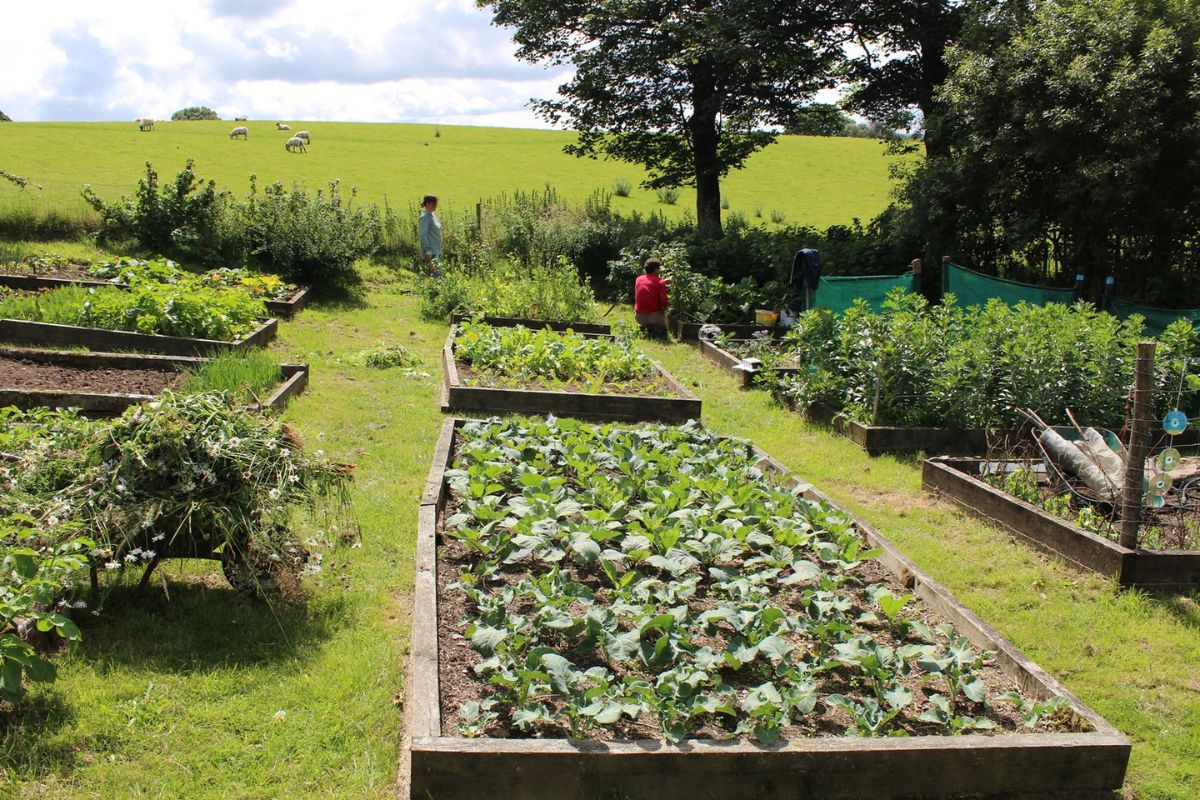

0 thoughts on “Why Are Legumes Used In Crop Rotation Yahoo”